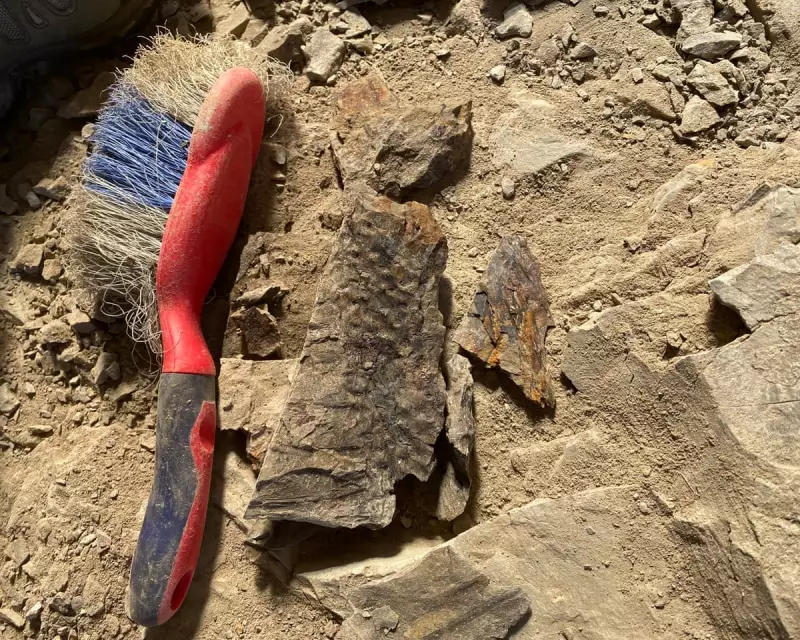
There's a quiet magic in the simple act of tending to trees. As the sun filters through the leaves, time seems to dissolve, leaving only the rhythmic motion of the brush and the whisper of the wind. This is the essence of tree brushing – a practice that connects us deeply with nature while serving a vital role in conservation.
Lost in the Green
Many who take up tree brushing report losing track of time entirely. What begins as a planned hour of work often stretches into an entire afternoon, as the meditative quality of the task takes hold. The repetitive motions of clearing debris from bark, checking for pests, and gently shaping growth create a peaceful rhythm that's both productive and restorative.
More Than Just Maintenance
While tree brushing might sound like simple gardening, it's actually a crucial part of woodland management. By carefully tending to each tree, brush workers help prevent disease spread, encourage healthy growth, and maintain biodiversity. Each stroke of the brush reveals fascinating details – the texture of bark, the presence of beneficial insects, or the first signs of new growth.
A Connection to the Land
Those who practice tree brushing regularly describe developing an intimate relationship with their woodland. They come to know individual trees by touch, recognizing changes in bark texture or spotting subtle signs of distress long before they're visible to the casual observer. This connection creates a profound sense of stewardship and belonging.
In our fast-paced digital world, activities like tree brushing offer a rare opportunity to slow down and engage deeply with the natural world. The hours may pass quickly, but the benefits – for both the trees and the brusher – last much longer.





